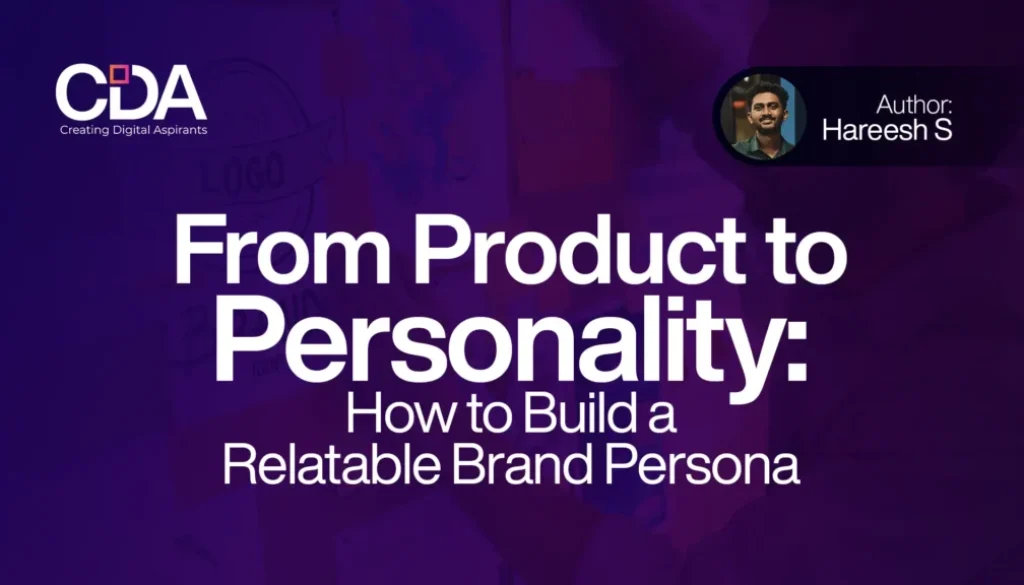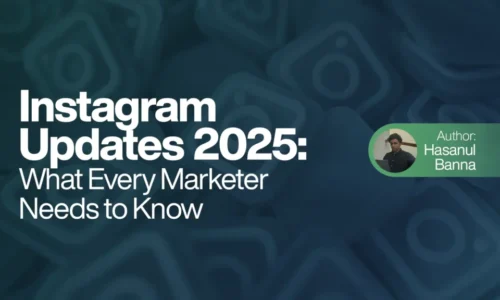From Product to Personality: How to Build a Relatable Brand Persona
In today’s digital landscape, consumers aren’t just looking for products—they’re seeking connections. The most successful brands have mastered the art of transforming from faceless corporations into relatable personalities that customers want to engage with. But how exactly do you breathe life into your brand and create a persona that resonates with your target audience?
Table of Contents
Understanding Brand Personality
Think of your brand as a person at a party. What would they be like? The life of the celebration, telling engaging stories? The trusted confidant who listens and offers valuable advice? Or perhaps the innovative thinker who challenges conventional wisdom? Your brand personality should be as multidimensional and authentic as a real person.
Step 1: Know Your Audience Inside Out
Before crafting your brand persona, dive deep into understanding your target audience:
- What are their values and aspirations?
- What keeps them up at night?
- How do they communicate?
- What type of personality would they naturally gravitate toward?
The key is to create a brand personality that mirrors your audience’s ideal friend or mentor, someone they’d naturally want to interact with and trust.
Step 2: Define Your Brand’s Core Values
Your brand’s personality should stem from authentic values. Ask yourself:
- What does your brand stand for?
- What unique perspective do you bring to the industry?
- What promises do you make to your customers?
These values will become the foundation of your brand’s character traits and guide every interaction with your audience.
Step 3: Develop Your Brand Voice
Your brand’s voice is how its personality comes to life through communication. Consider these elements:
- Tone: Professional yet approachable? Playful and energetic? Serious and authoritative?
- Language: Technical jargon or simple terms? Formal or casual?
- Communication style: Direct and concise or descriptive and detailed?
Remember, consistency is key. Your brand voice should remain recognizable across all platforms while adapting slightly to each channel’s unique environment.
Step 4: Create Your Brand’s Visual Identity
Visual elements play a crucial role in personality development:
- Color palette: Choose colors that reflect your brand’s emotional tone
- Typography: Select fonts that match your personality traits
- Imagery style: Develop a consistent visual language
- Design elements: Create unique patterns or symbols that become associated with your brand
Step 5: Storytelling That Connects
Every relatable person has stories to tell, and your brand should too. Share:
- Origin stories that highlight your brand’s journey
- Behind-the-scenes glimpses into your company culture
- Customer success stories that demonstrate your impact
- Challenges you’ve overcome and lessons learned
These narratives help humanize your brand and create emotional connections with your audience.
Step 6: Engage Authentically
Bring your brand personality to life through meaningful interactions:
- Respond to comments and messages in your brand voice
- Create content that encourages dialogue
- Share user-generated content to build community
- Address concerns and criticism with transparency and empathy
Step 7: Evolve While Staying True
Like people, brands grow and evolve. Regular assessment helps ensure your brand personality stays relevant:
- Monitor audience engagement and feedback
- Track changes in market dynamics and consumer preferences
- Adjust your approach while maintaining core values
- Test new ways to express your personality while staying authentic
Common Pitfalls to Avoid
1. Inconsistency: Sending mixed messages about who your brand is
2. Inauthenticity: Trying to be something you’re not
3. Over-personalization: Becoming too casual or informal
4. Lack of adaptation: Failing to evolve with your audience
5. Missing emotional connection: Focusing too much on features rather than feelings
Measuring Success
Track these indicators to gauge how well your brand personality resonates:
- Engagement rates on social media
- Customer feedback and sentiment
- Brand mention quality and frequency
- Customer loyalty and retention rates
- Word-of-mouth recommendations
Remember, building a relatable brand persona isn’t about creating a perfect image—it’s about fostering genuine connections. Your brand personality should feel natural, not forced, and should evolve organically as your relationship with your audience grows.
Success lies in consistency, authenticity, and a deep understanding of your audience. When done right, your brand personality becomes your strongest asset, turning customers into advocates and creating lasting emotional bonds that drive business growth.
Author Info
Hareesh S, a Digital Marketing Expert in Kollam.
Learner of CDA Digital Marketing Academy in Kochi.



